Home>Furniture & Design>Living Room Furniture>How To Stop A Recliner From Rocking
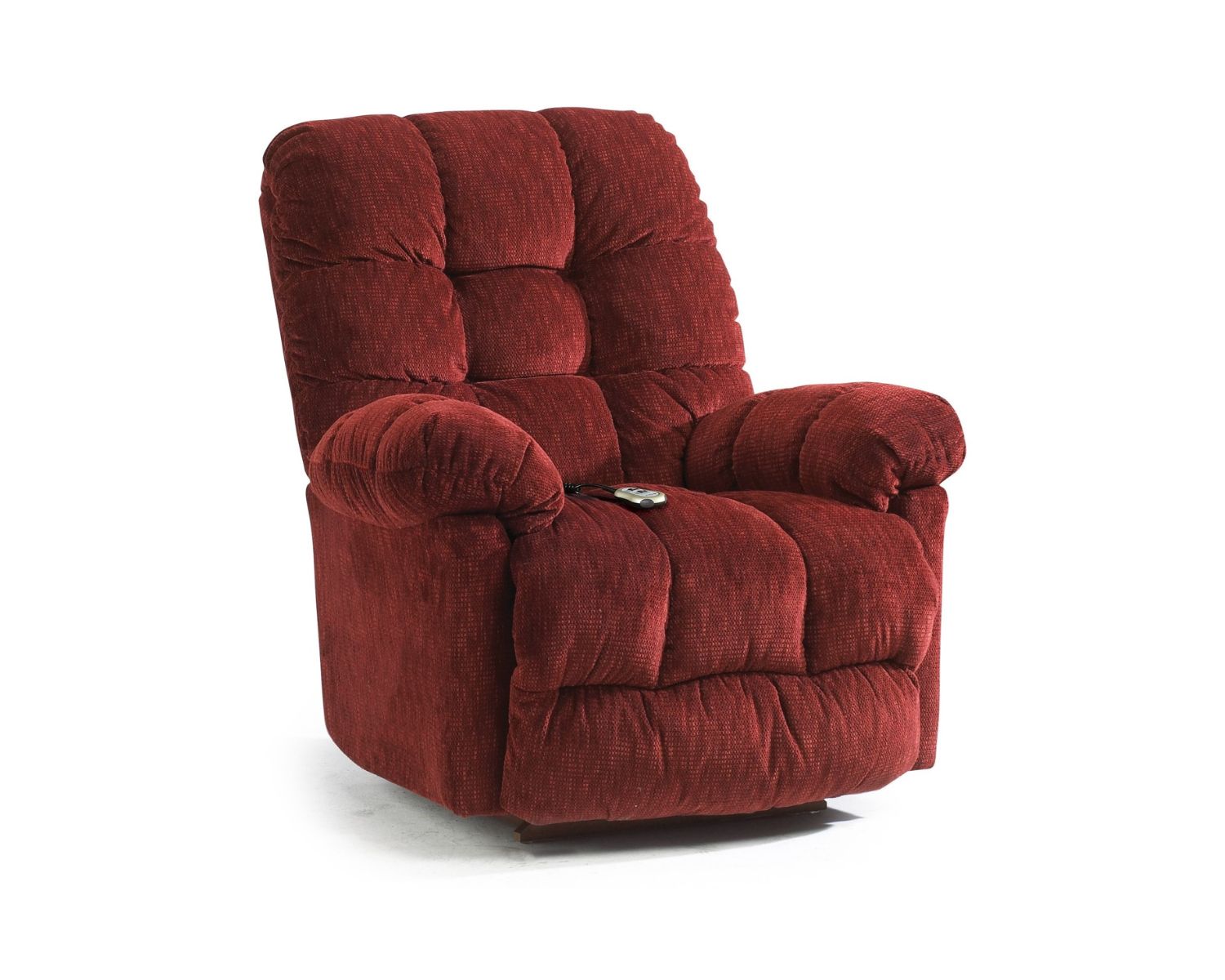

Living Room Furniture
How To Stop A Recliner From Rocking
Published: February 12, 2024
Learn how to stop a recliner from rocking in your living room. Discover effective tips and solutions to keep your living room furniture stable and secure.
(Many of the links in this article redirect to a specific reviewed product. Your purchase of these products through affiliate links helps to generate commission for Storables.com, at no extra cost. Learn more)
Introduction
A recliner is often the centerpiece of a cozy living room, providing a comfortable spot to unwind after a long day. However, if your recliner has started to rock unexpectedly, it can be quite frustrating and disruptive to your relaxation. The gentle back-and-forth motion that was once soothing may now feel more like an annoyance. Fortunately, there are effective ways to address this issue and restore your recliner to its stable and secure state.
In this article, we will delve into the mechanisms of a recliner to understand how they contribute to the rocking motion. By identifying the potential causes of this problem, we can then explore practical solutions to stop the recliner from rocking. Whether you're dealing with a minor annoyance or a significant disruption, this guide will equip you with the knowledge and strategies needed to regain the tranquility of your living room.
So, if you've ever found yourself wondering why your once-stable recliner has suddenly developed a mind of its own, you're in the right place. Let's embark on a journey to uncover the secrets of recliner mechanics and discover the remedies that will bring peace and stability back to your favorite relaxation spot.
Key Takeaways:
- Say goodbye to a rocking recliner by fixing worn springs, tightening screws, and maintaining the locking mechanism. Keep your favorite spot stable and cozy for ultimate relaxation!
- Restore your recliner’s tranquility by addressing worn springs, loose screws, damaged frames, and misaligned components. Enjoy a stable and secure living room haven once again!
Read more: How To Stop Recliner From Sliding
Understanding the Mechanism of a Recliner
To comprehend why a recliner may start rocking, it's essential to grasp the intricate mechanism that enables this beloved piece of furniture to provide comfort and relaxation. A typical recliner consists of several key components that work in harmony to facilitate its adjustable features and support the body in various positions.
The primary mechanism of a recliner involves a combination of a frame, springs, and a locking mechanism. The frame serves as the foundation, providing structural support and stability. Attached to the frame are springs, which are pivotal in facilitating the reclining and rocking motions. These springs are strategically positioned to allow controlled movement while ensuring that the recliner returns to its original position when not in use.
Furthermore, the locking mechanism plays a crucial role in stabilizing the recliner. It is designed to secure the chair in a fixed position, preventing unintended rocking or swaying. However, over time, the locking mechanism may experience wear and tear, leading to a loss of its effectiveness in maintaining stability.
In addition to these fundamental components, the upholstery and padding of the recliner contribute to its overall comfort and functionality. The quality and condition of these materials can impact the recliner's ability to remain steady and stationary.
Understanding the intricate interplay of these components provides insight into why a recliner may start rocking unexpectedly. Whether due to wear and tear, misalignment, or other factors, disruptions in the harmonious functioning of these elements can result in the unwanted rocking motion that detracts from the recliner's intended purpose.
By gaining a deeper understanding of the inner workings of a recliner, we can better appreciate the complexity of its design and the potential sources of issues such as rocking. Armed with this knowledge, we can now proceed to identify the specific causes of recliner rocking and explore effective solutions to address this common concern.
Identifying the Cause of Rocking
The unexpected rocking of a recliner can stem from various underlying causes, each of which warrants careful consideration to pinpoint the source of the issue. By identifying these potential culprits, you can take targeted steps to address the root of the problem and restore your recliner to its stable state.
-
Worn Springs: Over time, the springs within the recliner may experience wear and tear, leading to a loss of their original tension and resilience. This can result in an imbalance that causes the chair to rock when it should remain stationary.
-
Loose Screws or Bolts: The constant use of a recliner can gradually loosen the screws and bolts that hold its components together. This can create instability and contribute to the rocking motion, particularly when transitioning between different reclining positions.
-
Damaged Frame: A compromised or damaged frame can significantly impact the stability of a recliner. If the frame is warped, cracked, or otherwise compromised, it can lead to an uneven distribution of weight and movement, causing the chair to rock unpredictably.
-
Worn Locking Mechanism: The locking mechanism, designed to secure the recliner in a fixed position, may deteriorate over time. If the mechanism fails to engage properly or hold the chair steady, it can result in unwanted rocking movements.
-
Uneven Flooring: In some cases, the rocking of a recliner may be attributed to the flooring beneath it. Uneven or sloping floors can cause the chair to tilt slightly, leading to a rocking sensation when in use.
-
Misaligned Components: Misalignment of the various components within the recliner, including the frame, springs, and locking mechanism, can disrupt the chair's stability and contribute to rocking.
By carefully assessing these potential causes, you can gain valuable insights into the specific factors contributing to the rocking of your recliner. This understanding will serve as a solid foundation for implementing targeted solutions to address the underlying issues and restore the tranquility of your living room.
With a clear understanding of the potential causes of recliner rocking, we can now explore effective solutions to address this common concern and restore the stability of your beloved recliner.
Check the recliner’s legs and make sure they are all firmly on the ground. If they are not, adjust them until the chair is stable and no longer rocks.
Solutions for Stopping the Recliner from Rocking
Addressing the rocking motion of a recliner involves implementing targeted solutions that target the specific causes identified earlier. By taking proactive steps to rectify these issues, you can effectively restore the stability and comfort of your recliner. Here are practical solutions to stop the recliner from rocking:
-
Replace Worn Springs: If worn or damaged springs are identified as the cause of the rocking motion, replacing them with new, high-quality springs can significantly improve the stability of the recliner. This straightforward solution addresses the underlying issue of compromised support and restores the chair's ability to maintain a steady position.
-
Tighten Screws and Bolts: Regular use of a recliner can lead to the gradual loosening of screws and bolts. By carefully inspecting and tightening these fasteners, you can enhance the structural integrity of the recliner, minimizing unnecessary movement and instability.
-
Repair or Reinforce the Frame: In cases where a damaged or compromised frame is contributing to the rocking motion, seeking professional repair or reinforcement can be instrumental in restoring the recliner's stability. Addressing any structural issues with the frame ensures that weight distribution is balanced, preventing unintended rocking.
-
Maintain the Locking Mechanism: If the locking mechanism is found to be the source of instability, ensuring that it is well-maintained and functioning properly is essential. This may involve lubricating moving parts, adjusting tension, or seeking professional assistance to repair or replace the mechanism as needed.
-
Flooring Adjustment: In situations where uneven flooring is identified as a contributing factor, making adjustments to the floor surface or placing shims beneath the recliner's legs can help create a level and stable foundation. This simple yet effective solution can mitigate the rocking sensation caused by uneven floors.
-
Realignment of Components: Addressing misaligned components within the recliner, such as the frame, springs, and locking mechanism, can restore its stability. Careful adjustment and realignment of these elements ensure that the chair functions as intended, minimizing rocking and promoting a secure seating experience.
By implementing these targeted solutions, you can effectively address the underlying causes of recliner rocking and restore the stability and comfort of your favorite relaxation spot. Whether through simple adjustments or professional interventions, taking proactive steps to rectify these issues ensures that your recliner remains a reliable and tranquil haven in your living room.
Conclusion
In conclusion, the unexpected rocking of a recliner can disrupt the tranquility of your living room and detract from the comfort it is intended to provide. However, by gaining a deeper understanding of the intricate mechanisms at play and identifying the potential causes of this issue, you can take targeted steps to restore the stability of your recliner.
From worn springs and loose screws to damaged frames and misaligned components, the sources of recliner rocking are diverse and multifaceted. By carefully assessing these potential culprits, you can pinpoint the specific factors contributing to the unwanted motion and implement effective solutions to address them.
Whether it involves replacing worn springs, tightening screws and bolts, repairing the frame, maintaining the locking mechanism, adjusting the flooring, or realigning components, the solutions for stopping the recliner from rocking are practical and impactful. These targeted interventions not only address the immediate issue but also contribute to the long-term durability and functionality of your recliner.
By taking proactive steps to rectify the underlying causes of recliner rocking, you can ensure that your favorite relaxation spot remains a stable and secure haven in your home. Whether through DIY maintenance or seeking professional assistance, restoring the stability of your recliner enhances the overall comfort and enjoyment of your living room.
As you embark on the journey to stop your recliner from rocking, remember that each solution contributes to the preservation of this beloved piece of furniture. By addressing the root causes of instability, you are not only reclaiming the tranquility of your living room but also prolonging the lifespan of your recliner, ensuring that it continues to provide comfort and relaxation for years to come.
In the end, the quest to stop a recliner from rocking is a testament to the care and attention you invest in maintaining a harmonious and inviting living space. With a stable and secure recliner at the heart of your home, you can fully embrace moments of relaxation and rejuvenation, knowing that your cherished piece of furniture remains steadfast and reliable.
So, as you bid farewell to the unwelcome rocking motion, may your recliner once again become a symbol of comfort, stability, and unwavering support in your living room, enriching your daily experiences with its timeless appeal and inviting embrace.
Frequently Asked Questions about How To Stop A Recliner From Rocking
Was this page helpful?
At Storables.com, we guarantee accurate and reliable information. Our content, validated by Expert Board Contributors, is crafted following stringent Editorial Policies. We're committed to providing you with well-researched, expert-backed insights for all your informational needs.
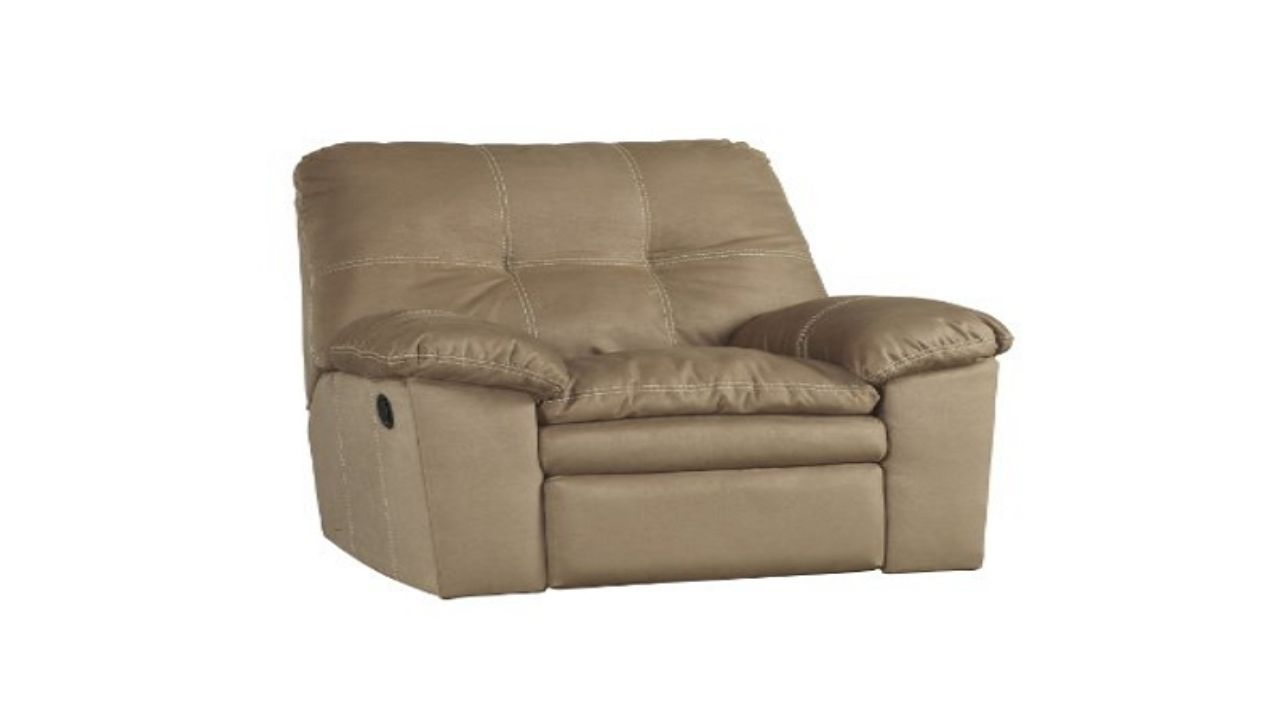
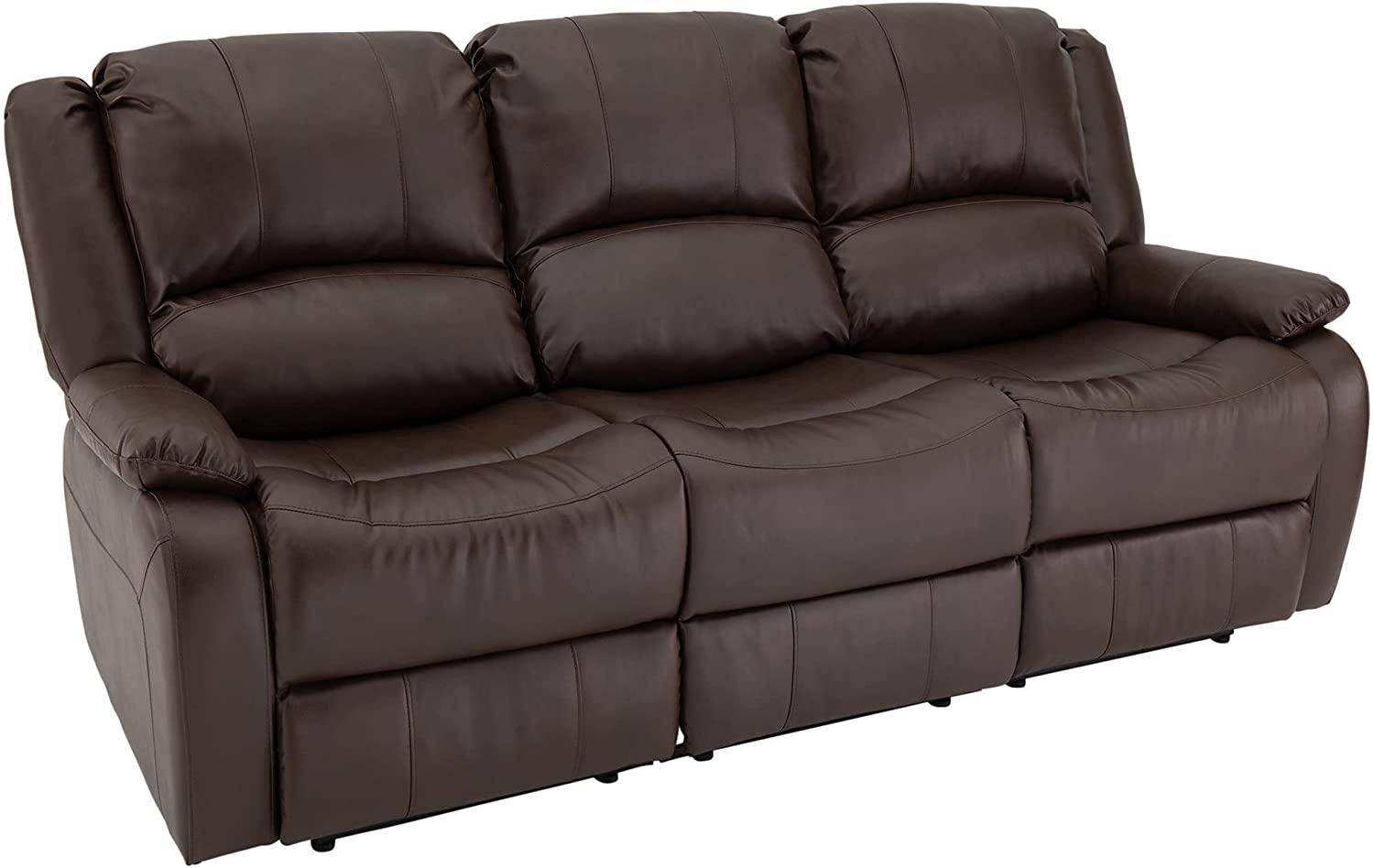
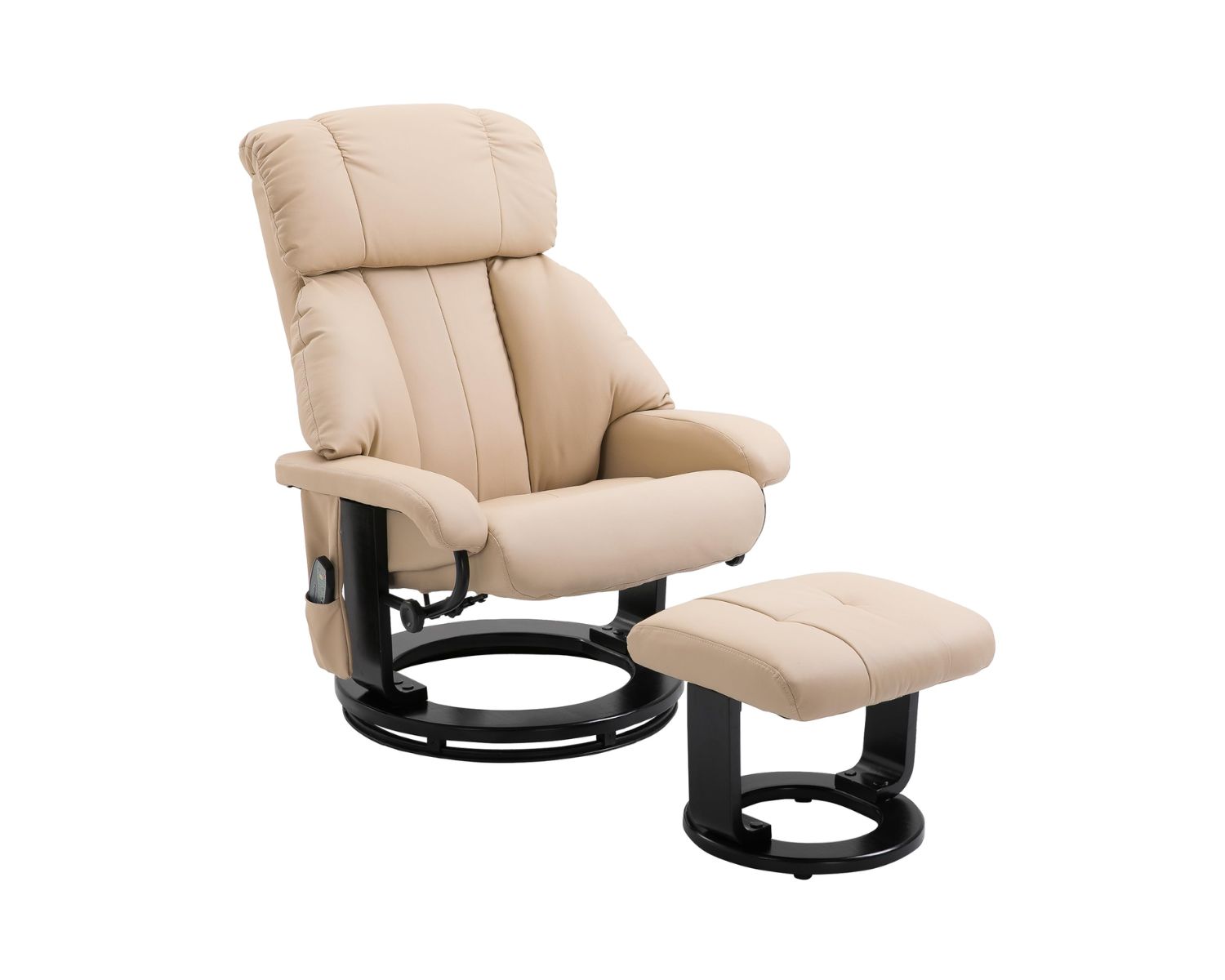
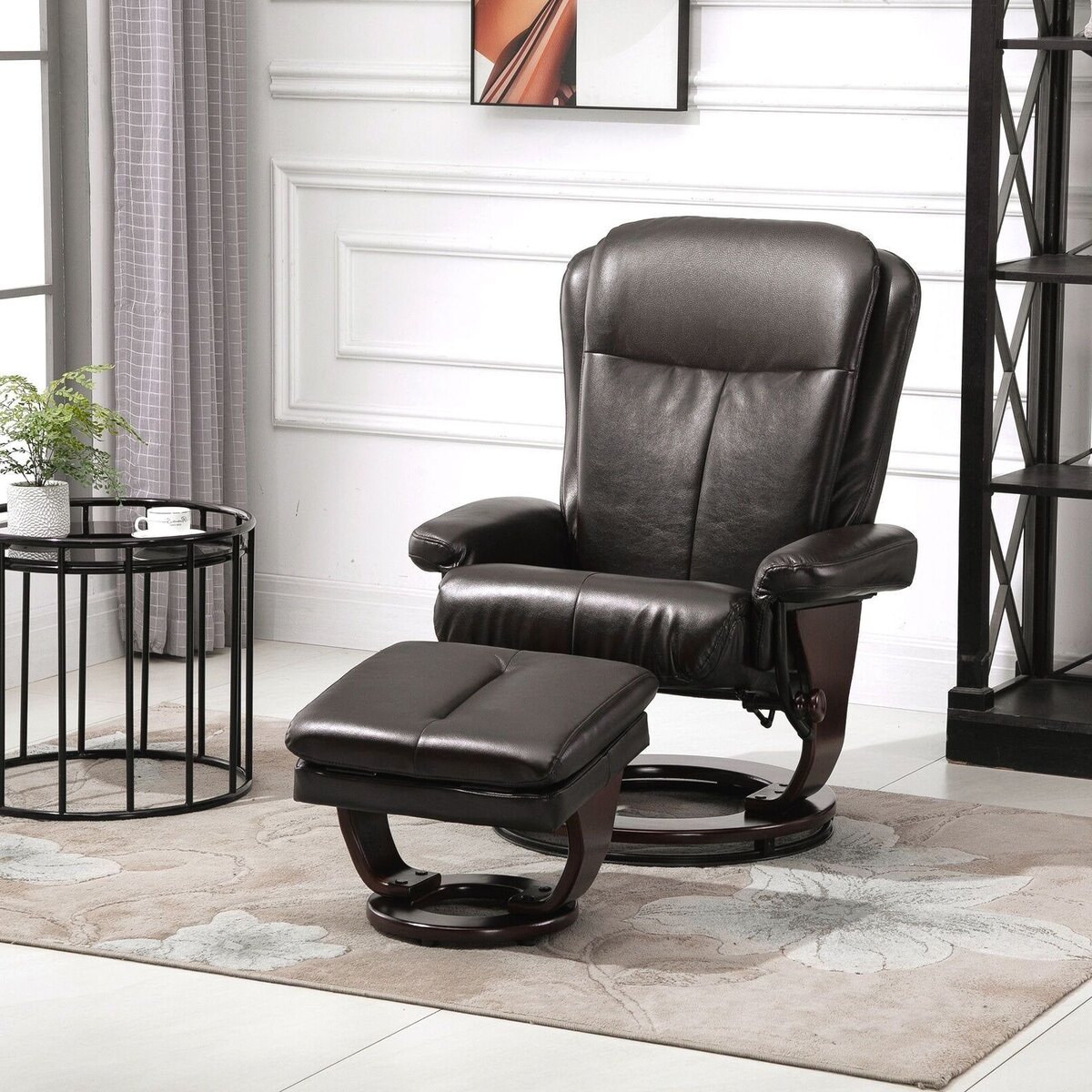
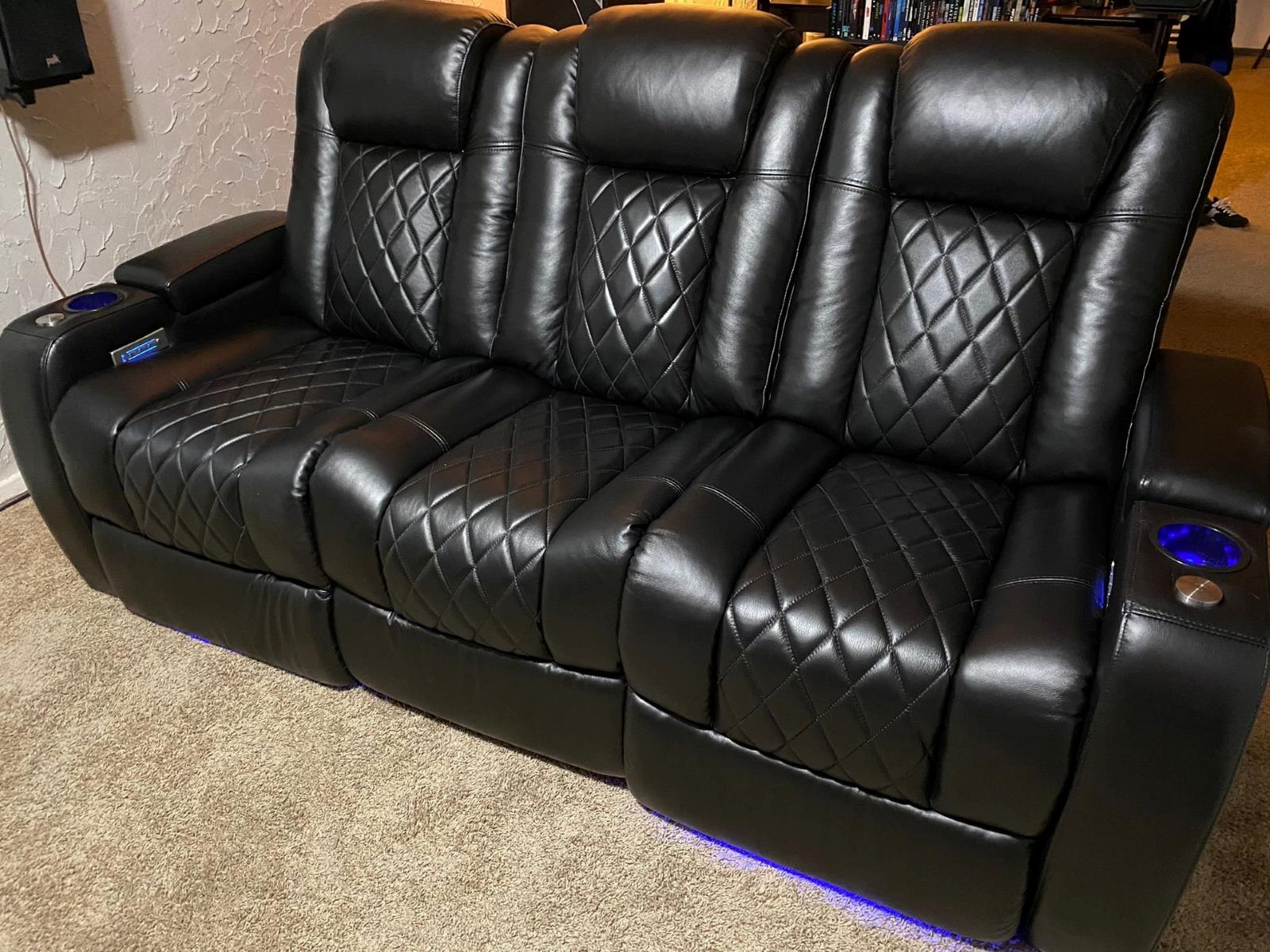

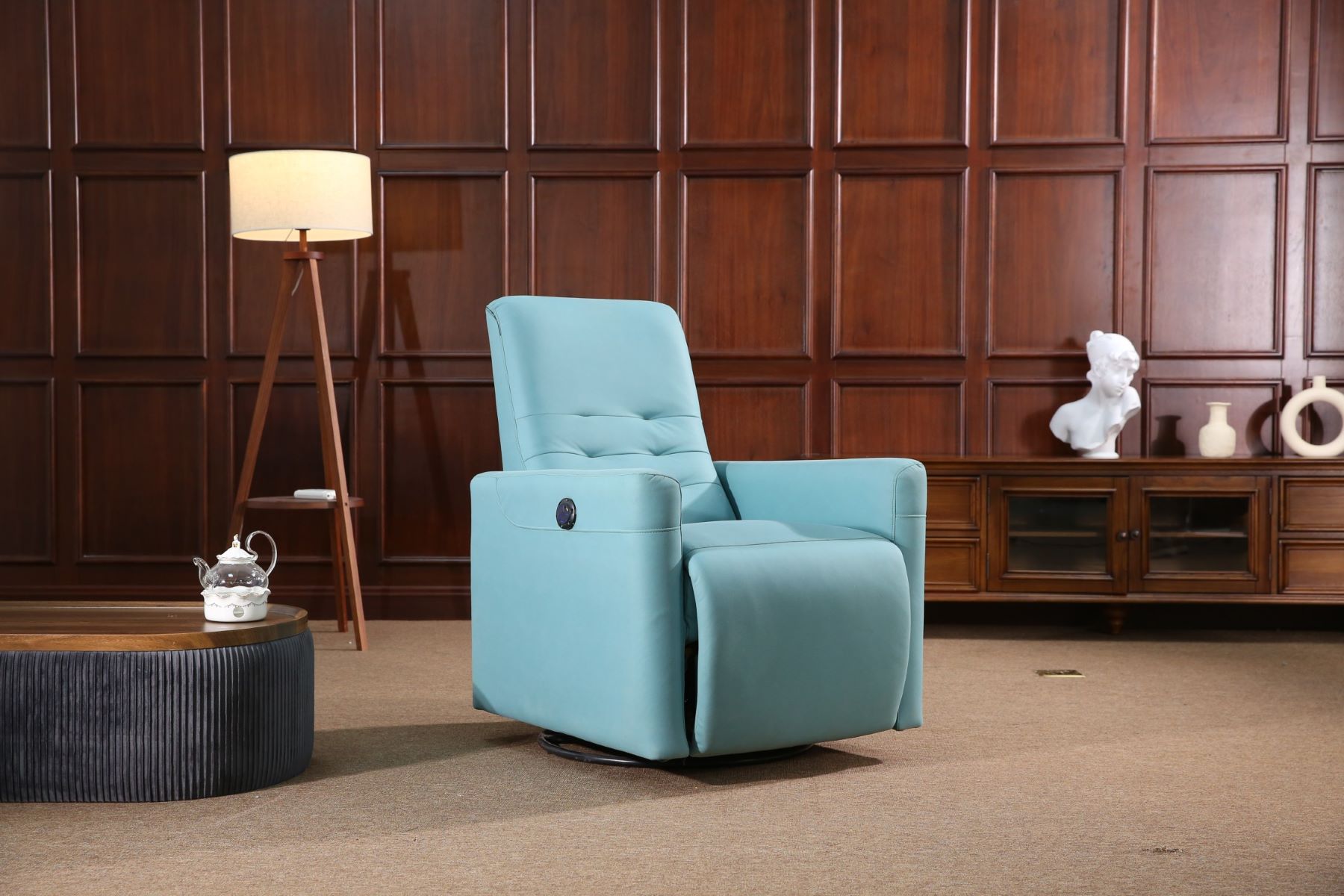
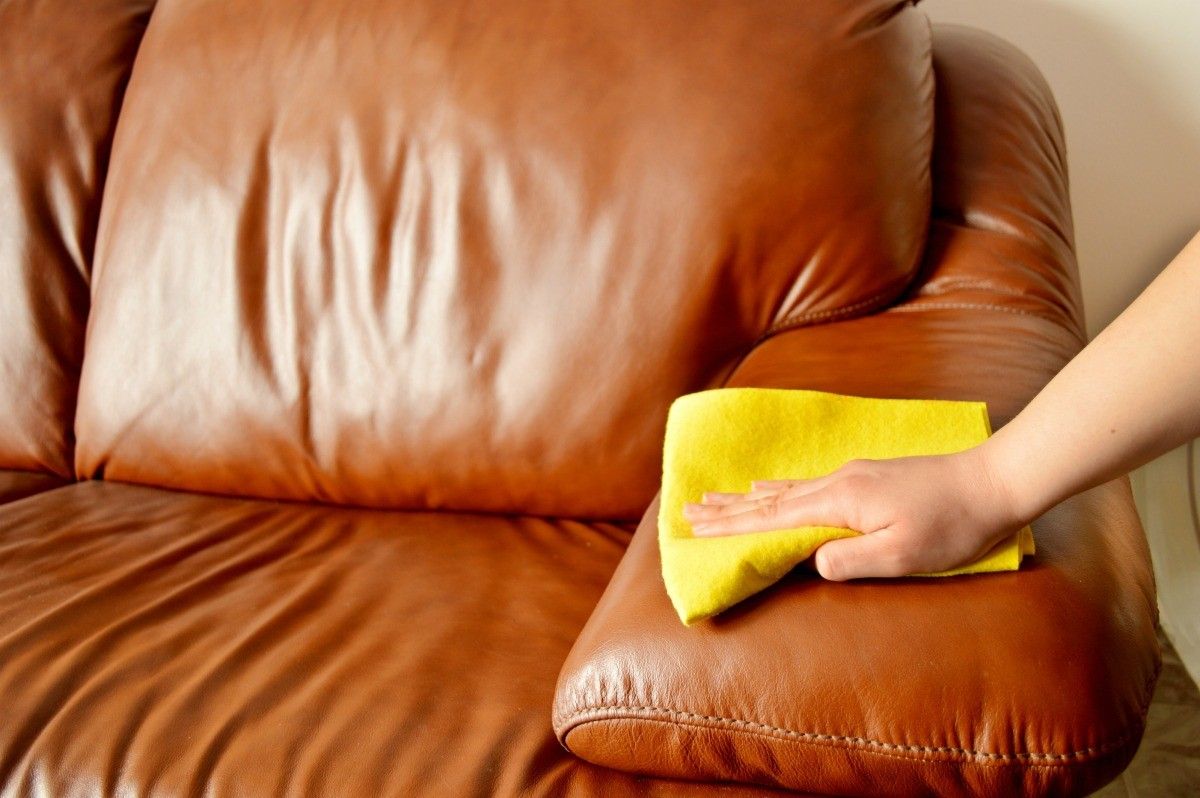
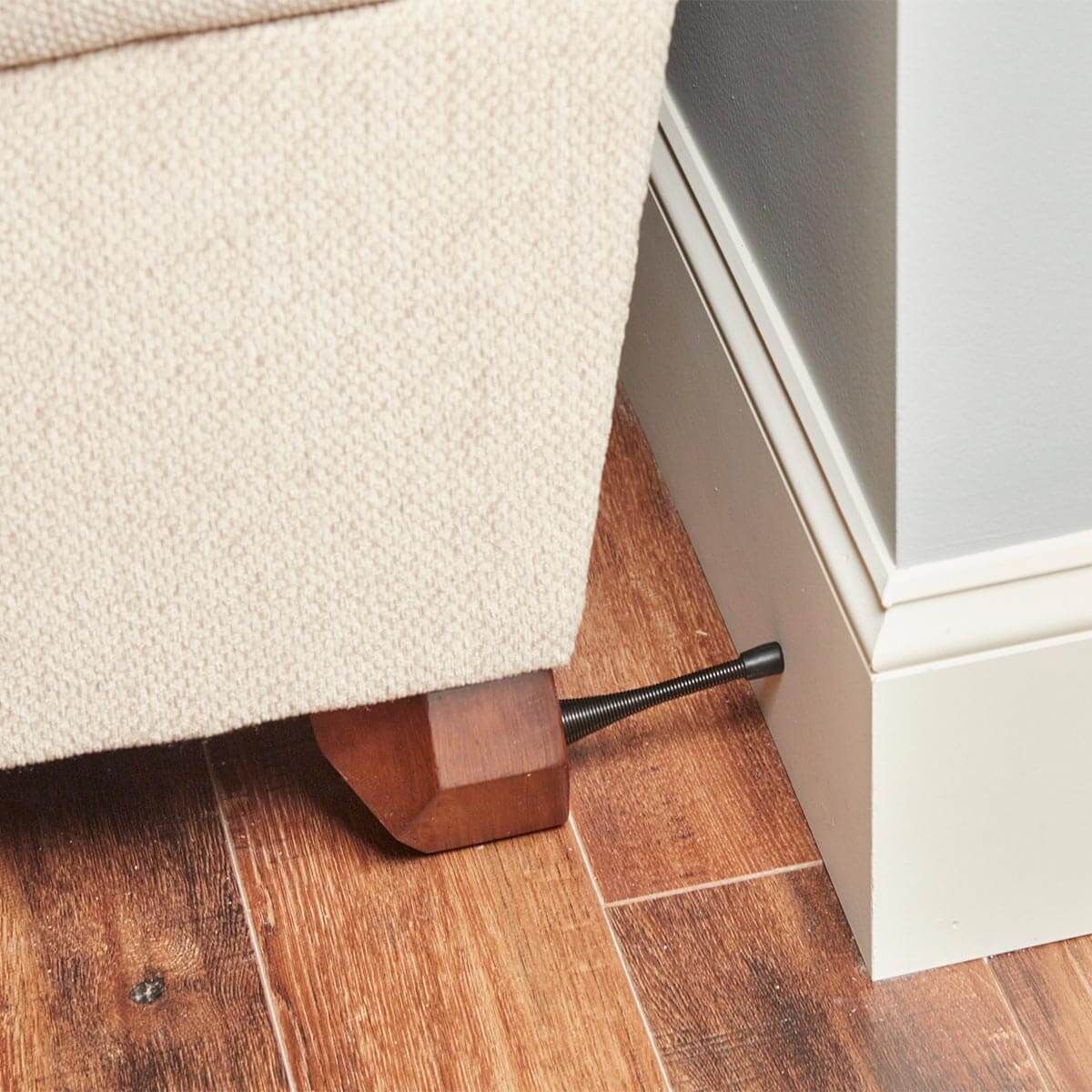
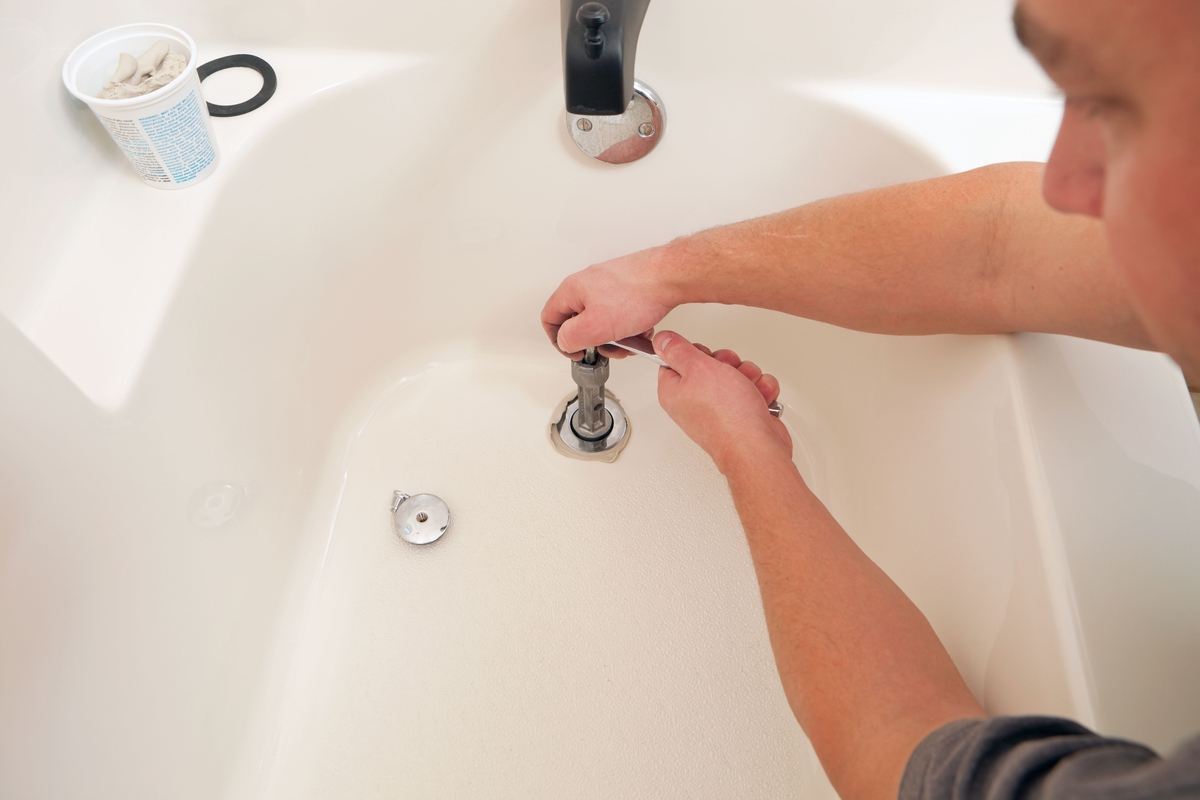
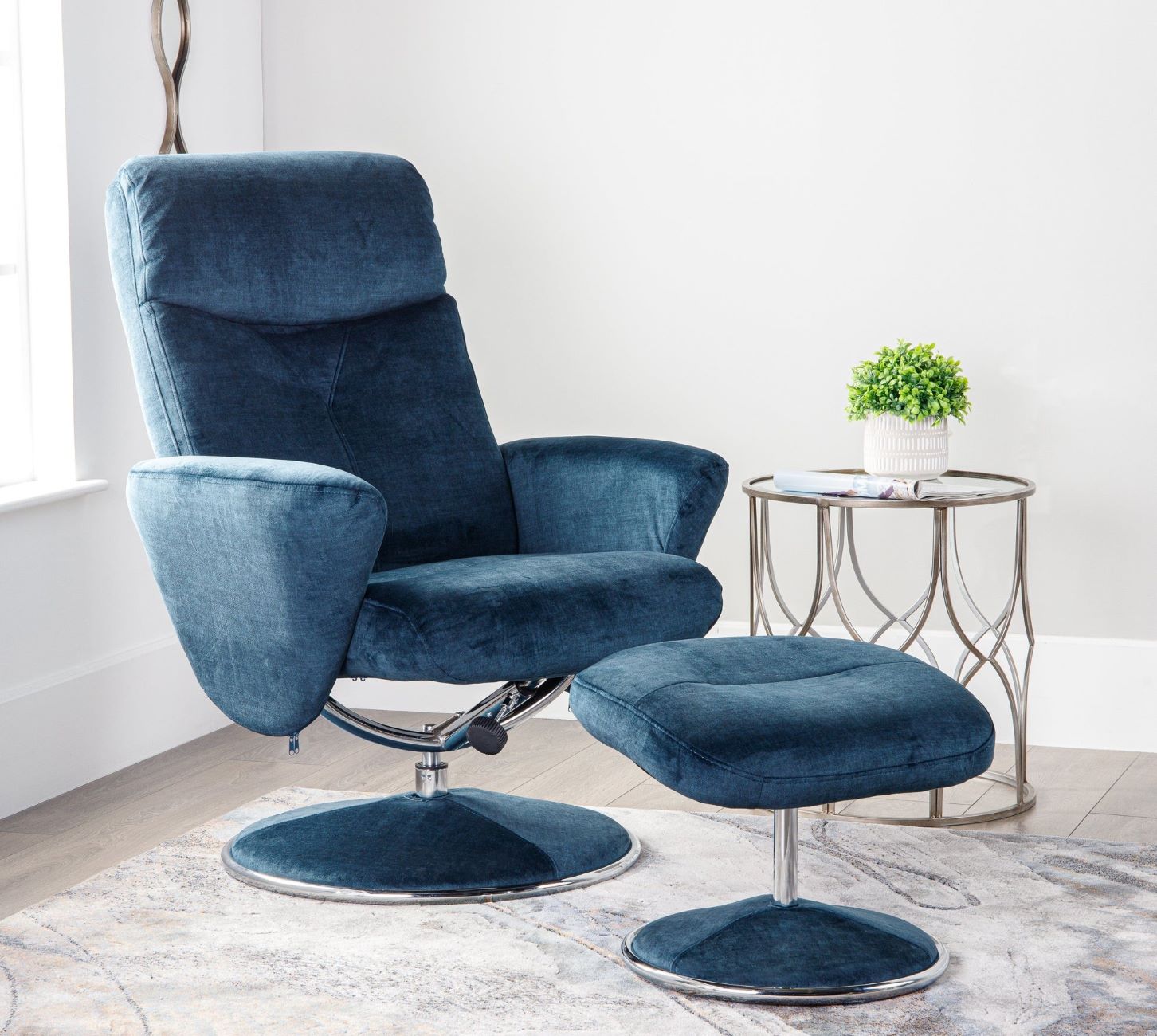
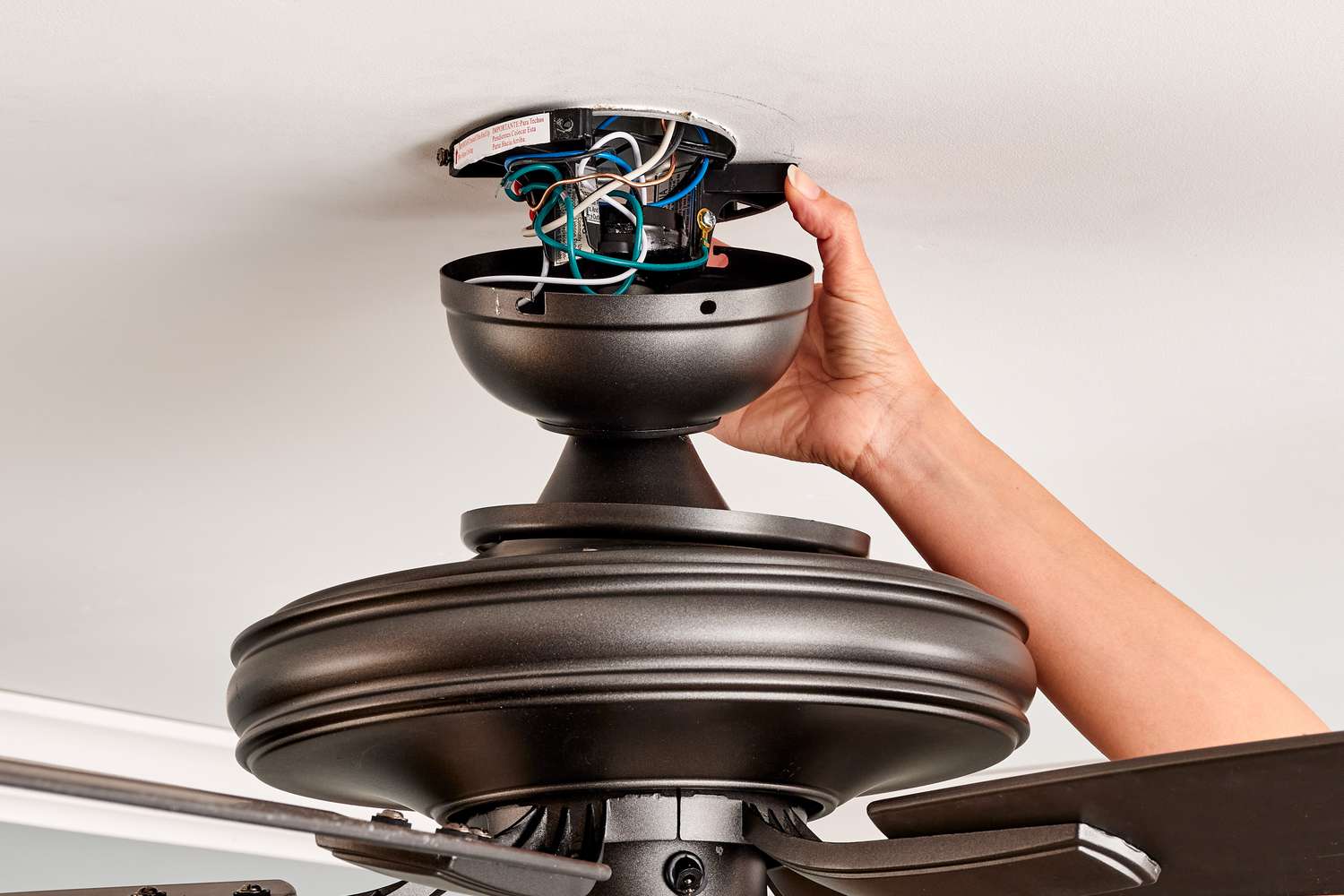


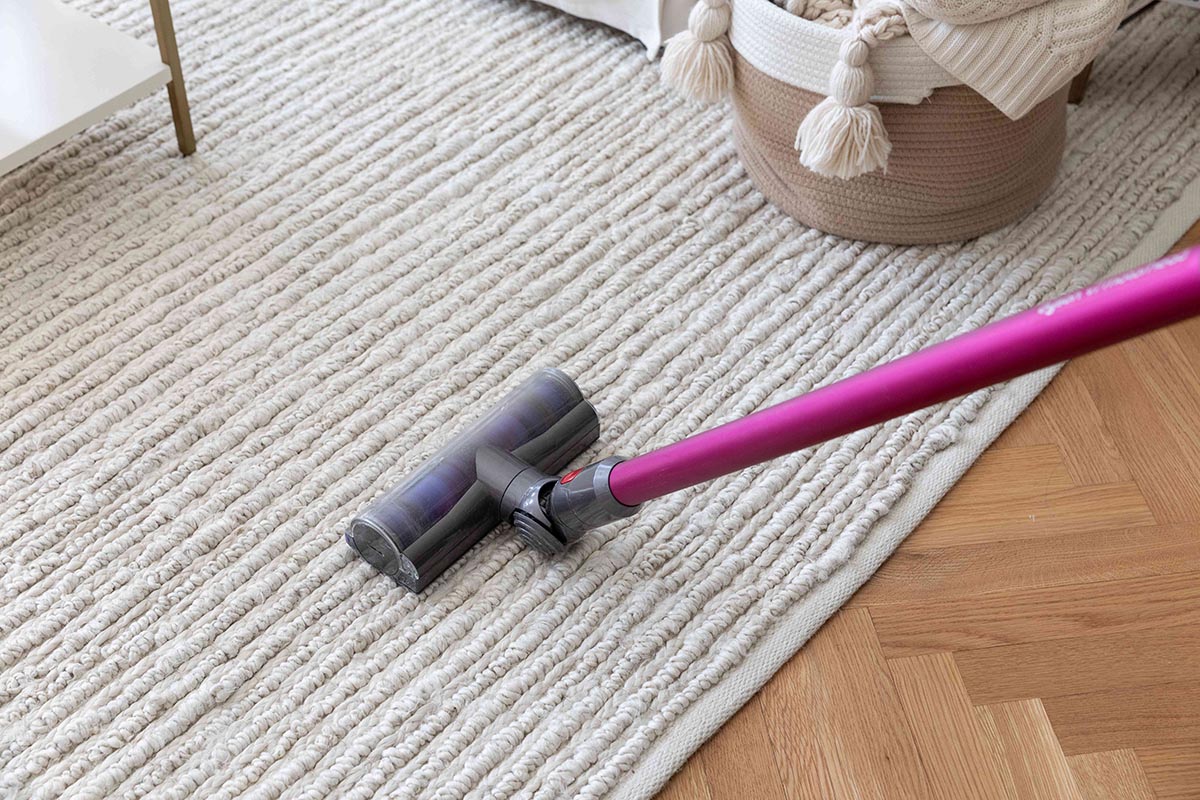

0 thoughts on “How To Stop A Recliner From Rocking”